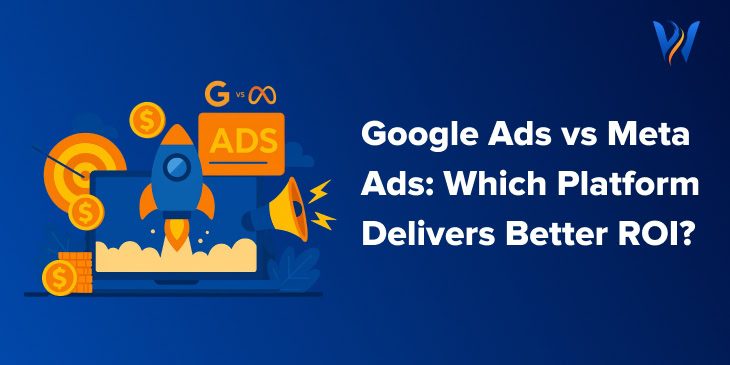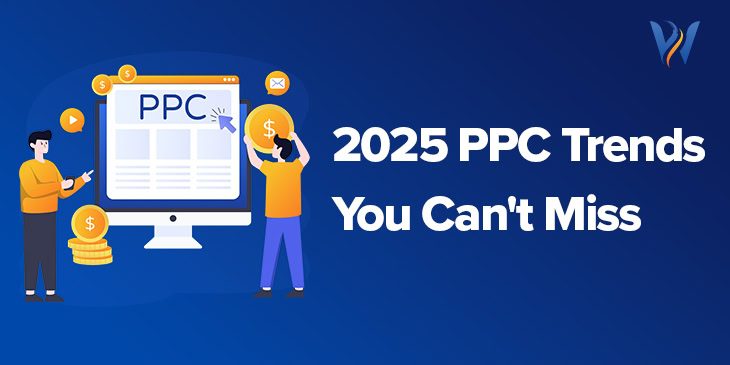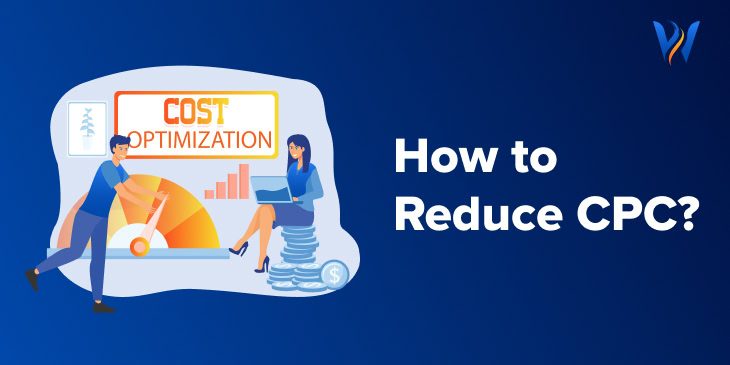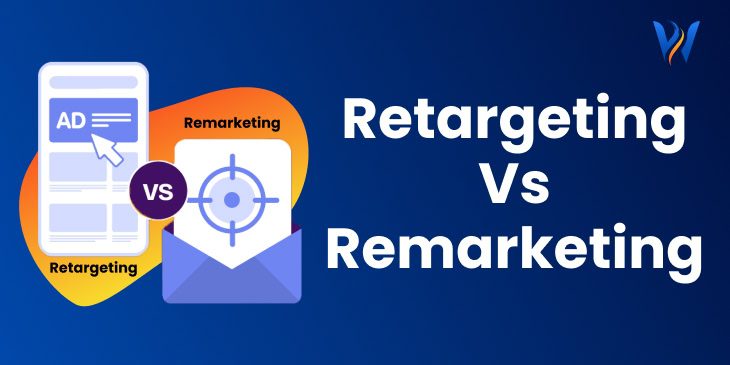What Does Optimizing Google Ads Mean?
Optimizing Google Ads involves regularly analyzing campaign performance and making adjustments to improve results. This could include refining keywords, adjusting bids, or tweaking ad copy to align with user behavior and trends.
The digital marketing evolves quickly—what worked last month might not work today. Regular optimization keeps your campaigns competitive and ensures they deliver consistent ROI.
Why Is Optimization Crucial for Businesses?
Leaving campaigns stagnant can lead to wasted ad spend and missed opportunities. Optimization helps you:
- Save Money: Focus your budget on strategies that work.
- Boost Conversions: Connect with users ready to take action.
- Stay Competitive: Adapt to changing trends and audience preferences.
Without optimization, even well-designed campaigns can underperform and miss potential opportunities.
How Often Should You Optimize Google Ads?
The frequency of optimization depends on factors like budget, goals, and competition. Here’s a general guideline:
- Daily/Weekly: Make small adjustments, like pausing low-performing keywords or ads.
- Monthly: Conduct a full account review to ensure alignment with your goals and evolving market trends.
For larger budgets or campaigns with significant data, optimization may need to happen more frequently to avoid overspending or missing opportunities.
Google Ads Optimization Checklist
Use this google ads optimization checklist to ensure your campaigns are always performing at their best:
Define Clear Goals:
Know exactly what you want to achieve—leads, sales, or awareness.
Use Negative Keywords:
Exclude irrelevant searches to avoid wasted ad spend.
Focus on Long-Tail Keywords:
Target specific, intent-driven phrases that attract users closer to conversion.
Refresh Ad Copy Regularly:
Keep headlines, descriptions, and CTAs engaging with frequent updates.
Add Assets (Ad Extensions):
Use features like call, location, and sitelink extensions to enhance visibility and usability.
Track Key Metrics:
Focus on CPA, ROAS, and conversions rather than vanity metrics like clicks or impressions.
Leverage Google Analytics:
Use in-market segments to identify high-converting audiences and adjust your targeting.
Optimize for Demographics and Geography:
Adjust bids for top-performing age groups, genders, and locations.
Review Search Terms Report:
Find new keyword opportunities and exclude irrelevant ones.
Test Bidding Strategies:
Experiment with options like Maximize Conversions or Target ROAS for better ROI.
Top Tips to Optimize Google Ads
1. Use Negative Keywords
Negative keywords prevent your ads from showing up for irrelevant searches. For instance, if you sell luxury watches, exclude terms like “cheap” to focus on high-value users.
2. Focus on Long-Tail Keywords
Long-tail keywords are more specific and less competitive. Phrases like “buy ergonomic office chairs online” attract users closer to making a purchase.
3. Track Metrics That Matter
Measure success with metrics like conversions, CPA, and ROAS. These indicators give a clearer picture of your campaign’s profitability compared to vanity metrics like impressions or clicks.
4. Leverage Google Analytics
Connect Google Ads with Analytics to uncover valuable insights about your audience. Use in-market segments to prioritize high-converting audiences and adjust bids accordingly.
5. Add Assets (Ad Extensions)
Enhance your ads with features like:
- Call Extensions: Make it easy for users to contact you.
- Location Extensions: Help users find your business.
- Sitelink Extensions: Direct users to specific pages for faster navigation.
6. Optimize for Demographics and Geography
Analyze audience data to identify top-performing segments by age, gender, and location. Focus your budget on these high-value groups for better results.
7. Refresh Ad Copy Regularly
Stale ad copy can lead to reduced engagement. Test different headlines, descriptions, and CTAs to see what resonates most. Use A/B testing to refine your messaging further.
8. Monitor Search Terms
Review search terms reports to identify irrelevant queries and new keyword opportunities. This helps refine targeting and prevents wasted ad spend.
9. Experiment with Bidding Strategies
Try both automated and manual bidding strategies to see which delivers the best ROI. For instance, use “Maximize Conversions” for quick results or “Target ROAS” for a more balanced approach.
The Key to Long-Term Success
Consistent and regular optimization is the cornerstone of successful Google Ads campaigns. By focusing on strategies that work, cutting out what doesn’t, and staying on top of market trends, you can achieve sustainable growth and better ROI.
Feeling overwhelmed? Partner with experts to help you refine your campaigns and reach your marketing goals.
Ready to improve your Google Ads performance? Contact WebIndia Inc. today for tailored solutions that drive real results!







